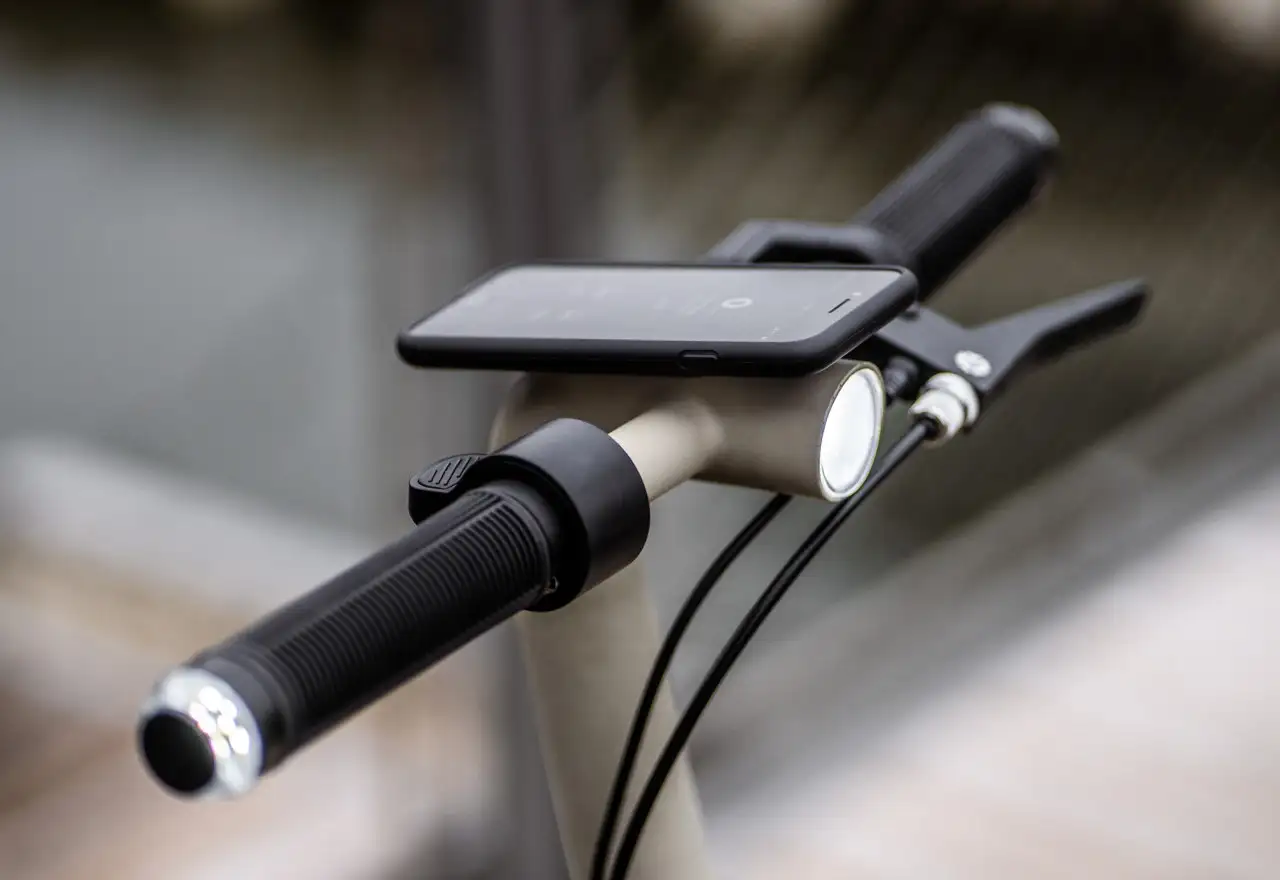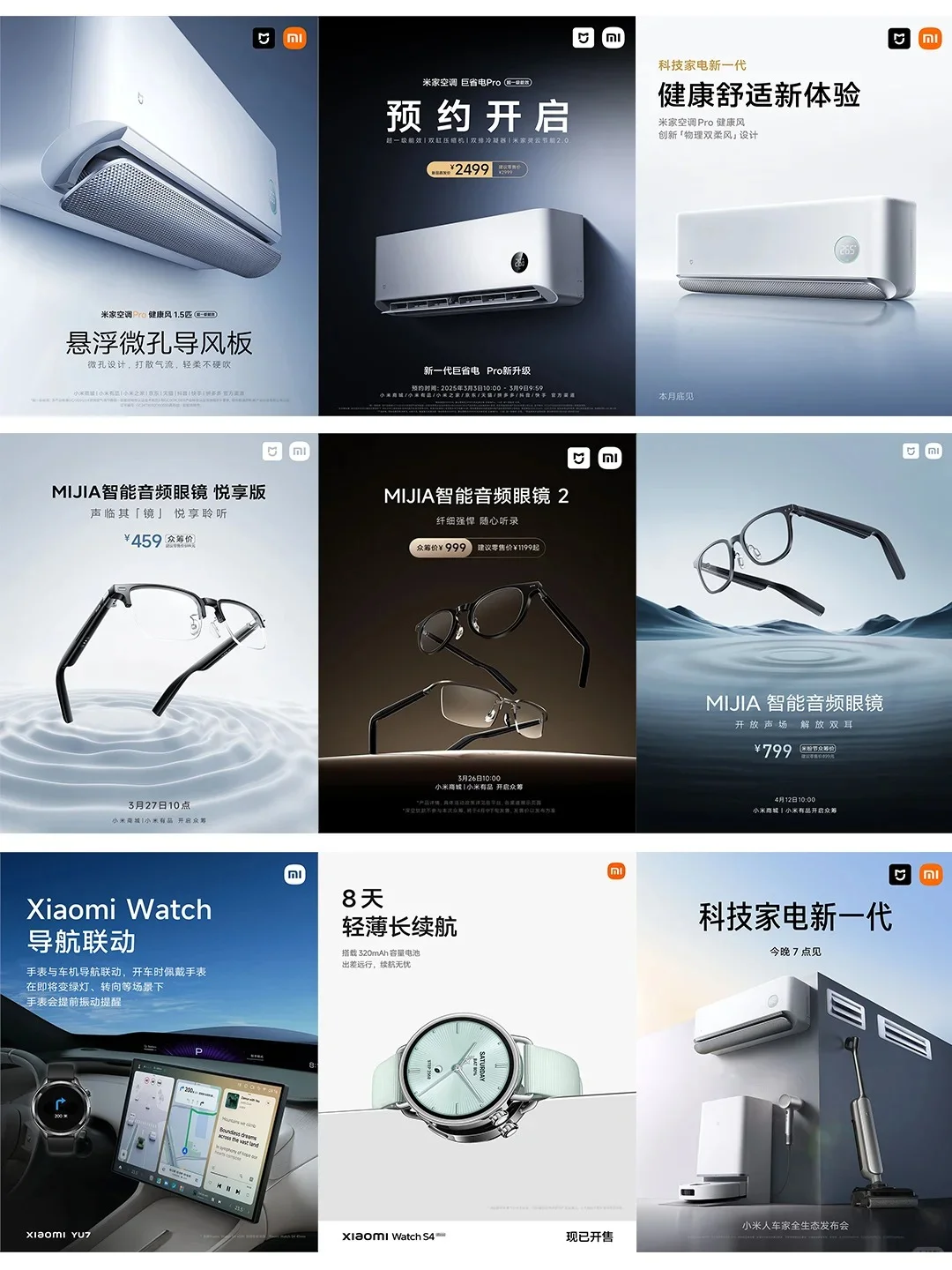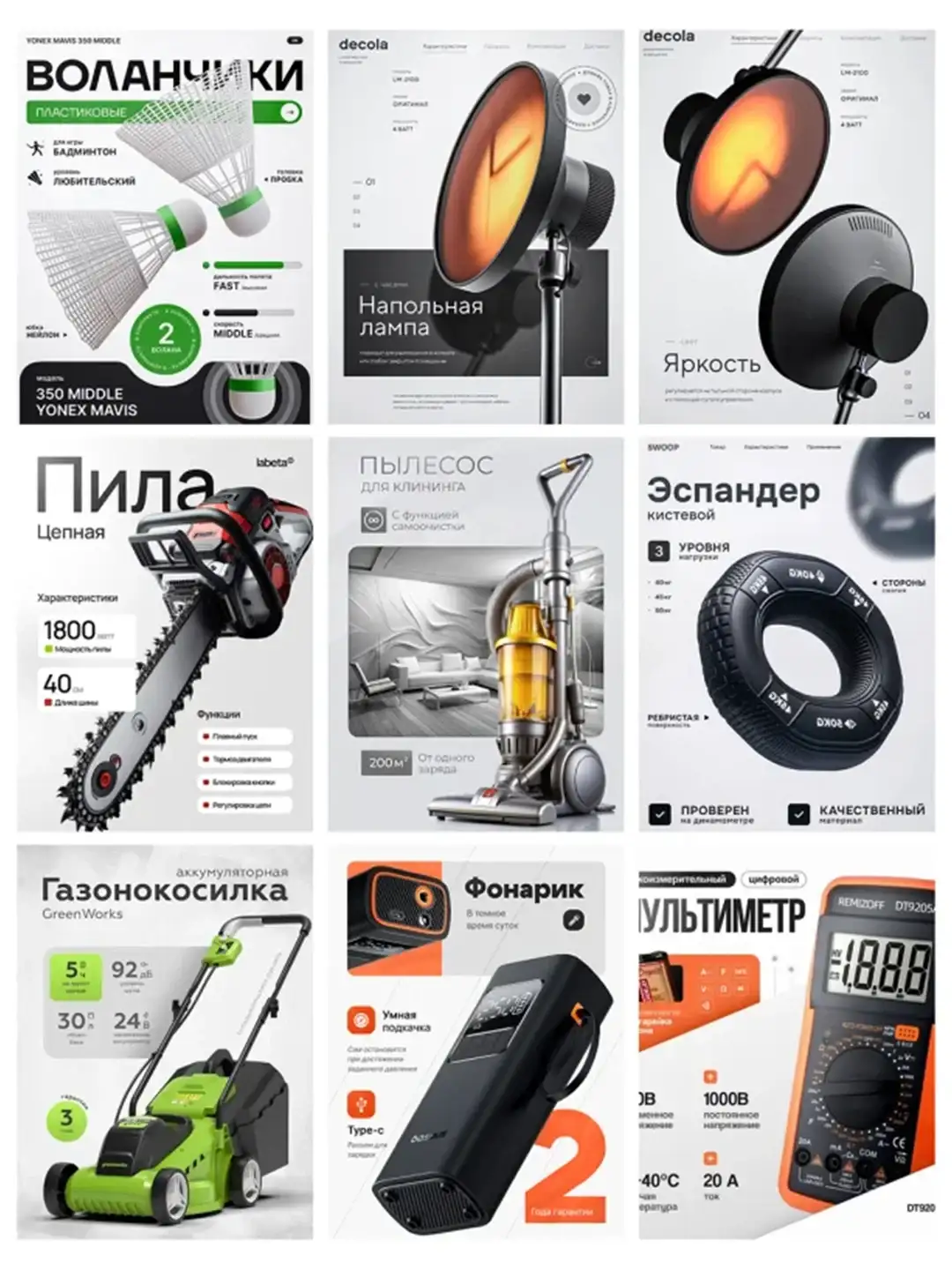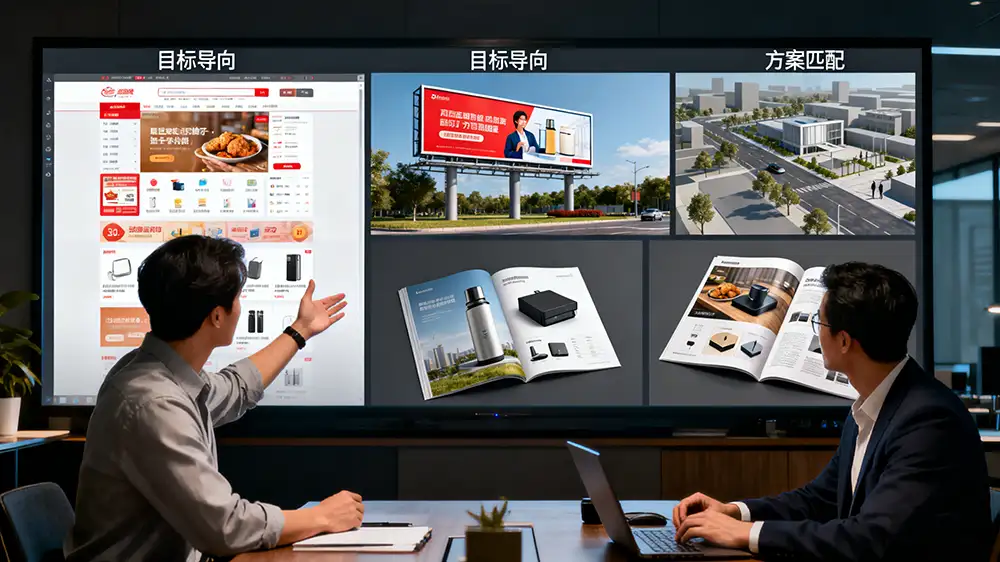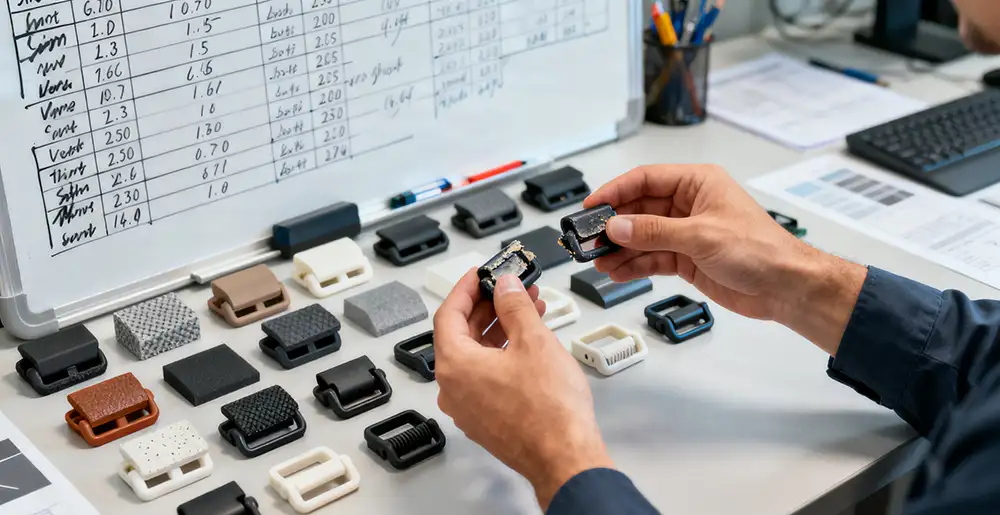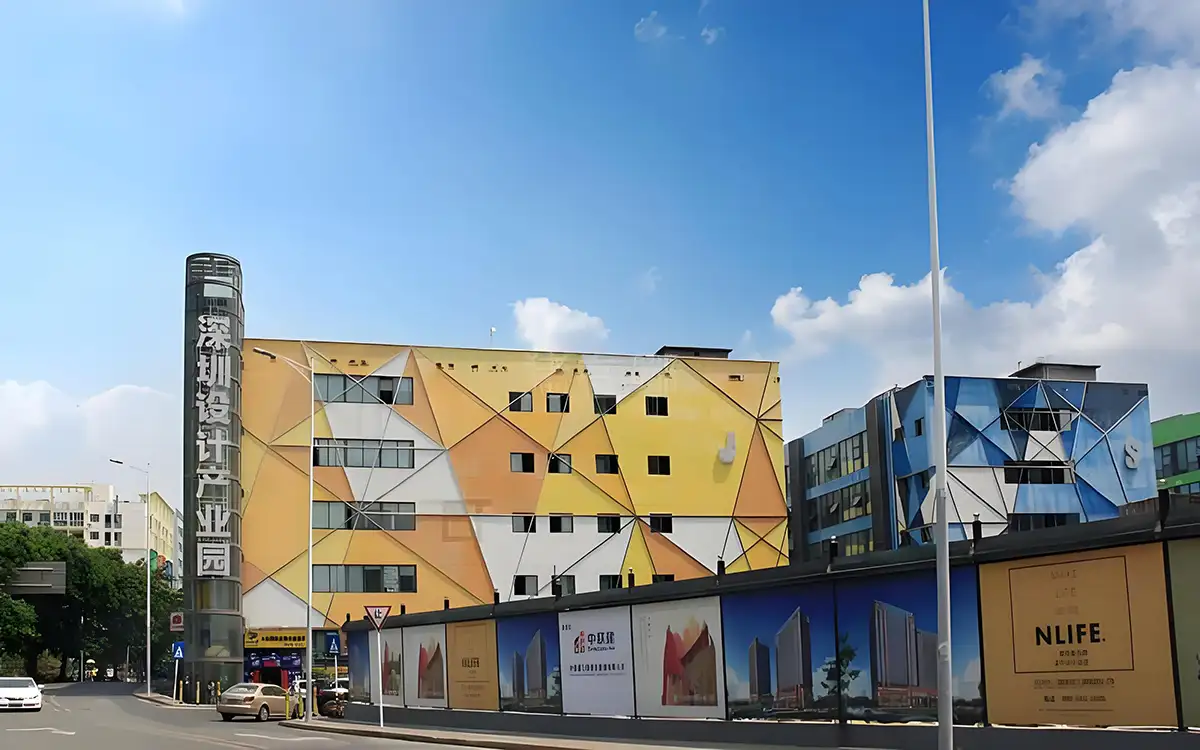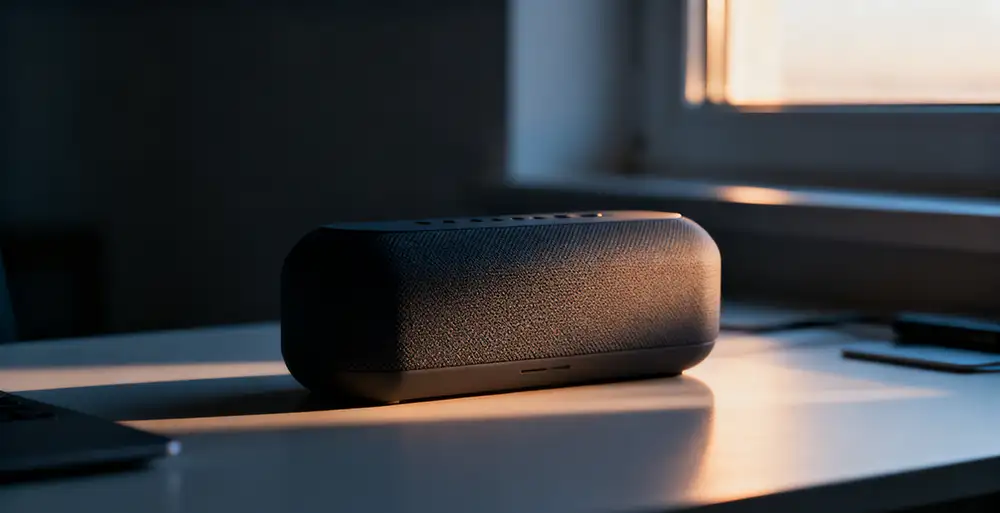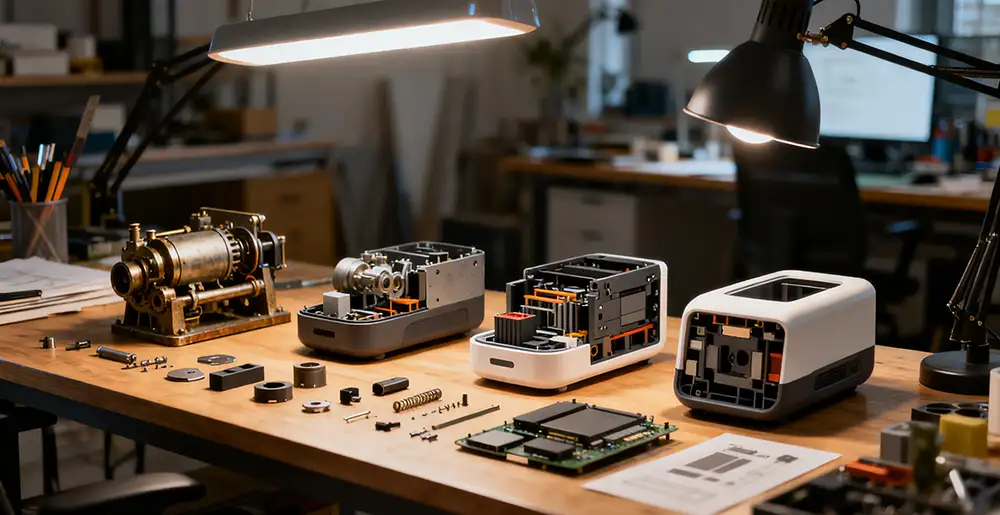NINEIDEA:要打破产品设计认知惯性的固有印象,其实不难,关键是要从思维、流程和价值证明三个方面入手,让设计真正成为解决问题的 “核心角色”,而不是只是 “看起来好看” 的配角。
改变思维:从做漂亮到为什么做
做设计时,不要只是听别人说 “这里要颜色鲜艳点”、“这个按钮要大一点”,要主动问背后的原因。比如客户说 “想让外观更专业化些”,你要多问,刨根问底。可以学习用 “分阶段分析法”—— 先观察用户如何使用产品(比如跟着爷爷奶奶使用智能手表,看他们哪里操作错误),再和业务团队、技术团队交流,了解他们要达成什么目标(比如想减少售后电话,就要在设计中预防误操作)。
另外,要了解行业 “规则”。比如做智能家居设计,要知道无线协议(如 Zigbee)会如何影响操作流畅度;做医疗设备设计,就要明白 FDA 标准如何限制界面设计。把这些知识融入设计中,别人就会觉得你不是只是 “画画图”,而是真正懂行业痛点。
参与流程:从最后收尾到一开始就参与
很多人觉得设计是等需求确定后才去执行,其实要尽早介入!比如开项目会时,主动问:“这个功能真的是用户需要的吗?有没有数据支持?” 如果有数据(比如用户操作记录显示哪里最容易出错),就用数据说服大家调整方向。
和技术团队沟通时,不要只是说 “这个灯光真好看”,要说 “这个灯光如何实现?是否需要散热?它存在的功能和意义?” 让他们知道你懂得平衡效果和可行性。
还可以组织跨部门的 “头脑风暴会”,比如做教育类产品时,叫上老师、家长、开发人员一起讨论,模拟学生使用产品的场景,提前发现问题(比如家长想监控学习情况,但学生觉得缺乏隐私),这样设计就不会只是表面好看,而是真正解决多方需求。
用数据证明价值:讲效果多于讲感觉
做设计不要只是说 “这个颜色看起来舒服”,要讲 “改了这个颜色之后,用户点击按钮的次数增加了 20%”。比如在医疗设备设计中,发现医护人员经常按错紧急按钮,改大按钮尺寸并用红色区分后,误操作率下降了 65%,直接帮公司节省了 200 万售后成本,这就是设计的实际价值。
平时要注意记录关键数据,比如用户使用产品的时间、如何交互、使用操作后的反馈等,用数据证明设计如何帮助实现商业目标。他们就会觉得设计是有 “实际效益” 的,不是只做表面功夫。
想让别人不把你当成 “画画图的”,就要多问 “为什么”,尽早介入项目,用数据和行业知识证明设计的实际作用。从小项目开始,每次设计都带着 “解决问题” 的心态,慢慢大家就会明白,设计可以深入到行业核心需求中,不是仅仅好看这么简单。
How to break the cognitive inertia of “product design only focuses on the surface”
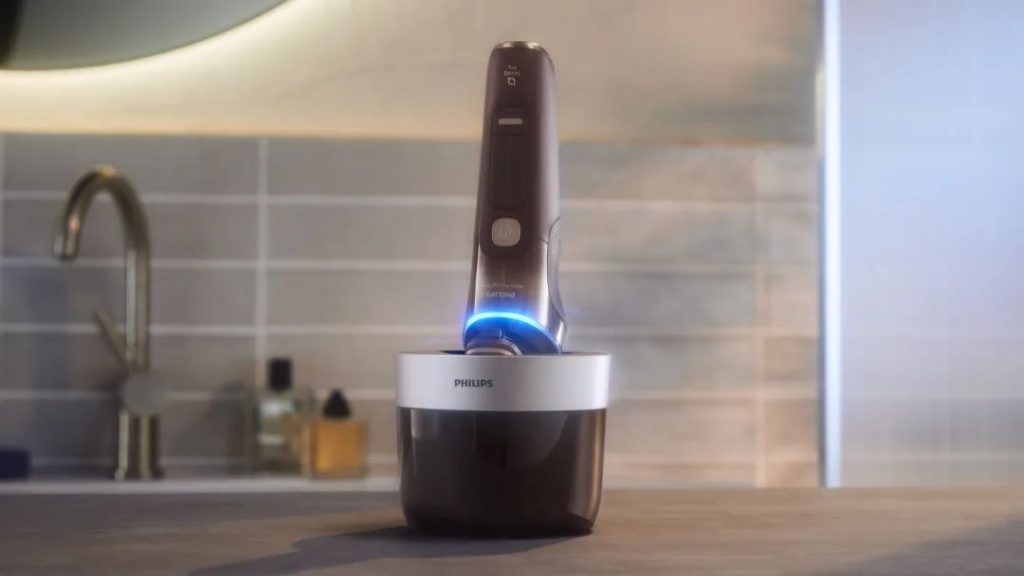
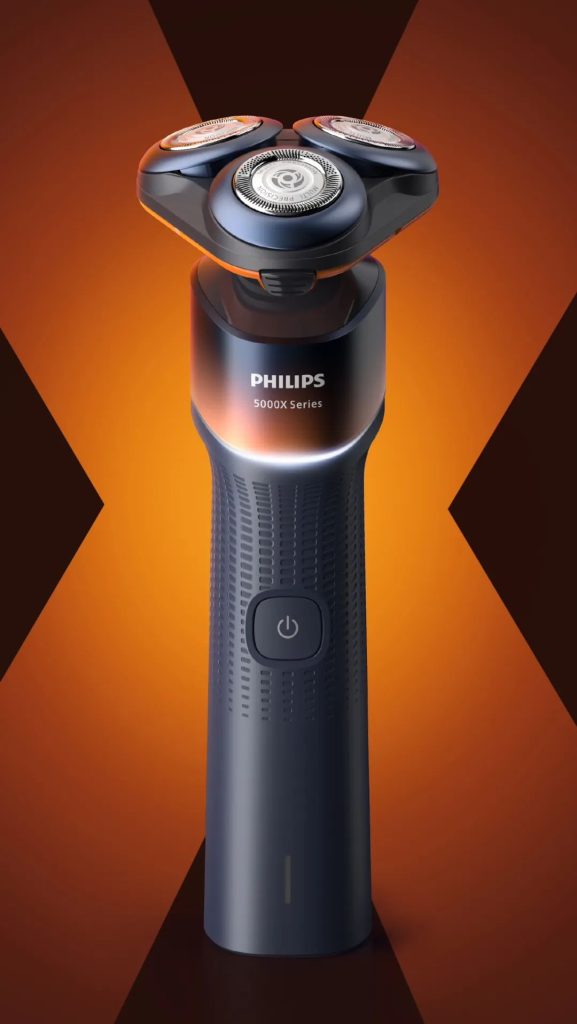



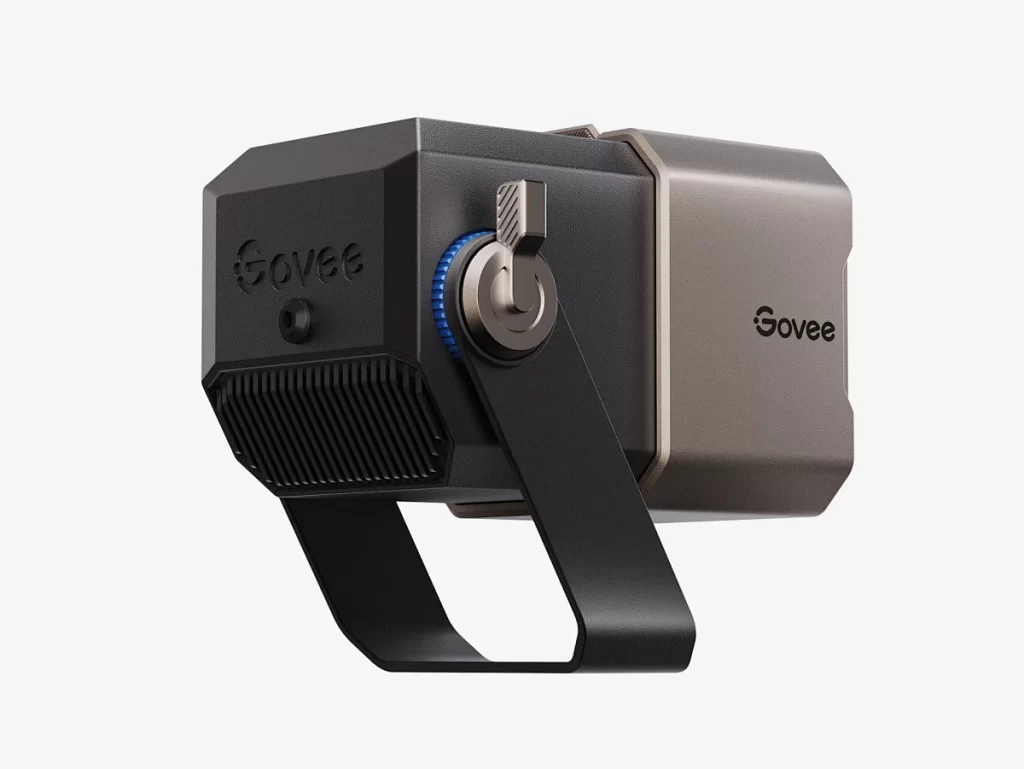
NINEIDEA: It is not difficult to break the inherent impression that “product design is only superficial”. The key is to start from three aspects of thinking, process and value proof, so that design can really become the “core role” of solving problems, rather than just a “good-looking” supporting role.
Changing Thinking: From Being Beautiful to Why Do We Do It
When designing, don’t just listen to others say ‘we need bright colors here’ or ‘this button needs to be bigger’, actively ask for the reasons behind it. For example, if a customer says “they want to make the appearance more professional”, you need to ask more questions and thoroughly investigate. You can learn to use the “staged analysis method” – first observe how users use the product (such as following grandparents to use smartwatches and see where they make operational errors), and then communicate with the business and technical teams to understand what goals they want to achieve (such as preventing misoperations in the design to reduce post sales phone calls).
Additionally, it is important to understand the industry’s’ rules’. For example, when designing smart homes, it is important to understand how wireless protocols such as Zigbee can affect operational smoothness; When designing medical devices, it is important to understand how FDA standards restrict interface design. Integrating this knowledge into design will make others feel that you are not just “drawing”, but truly understand the pain points of the industry.
Participation process: from final closure to participation from the beginning
Many people think that design should be executed after the requirements are determined, but in fact, it is important to intervene as early as possible! For example, when holding a project meeting, ask proactively, “Is this feature really what users need? Is there any data support?” If there is data (such as where user operation records show the most error prone), use the data to persuade everyone to adjust direction.
When communicating with the technical team, don’t just say ‘this light is really beautiful’, but also say ‘how to implement this light? Does it need heat dissipation? What are its functions and significance?’ Let them know that you understand the balance of effect and feasibility.
Cross departmental brainstorming sessions can also be organized, such as inviting teachers, parents, and developers to discuss educational products, simulating scenarios where students use the product, and identifying problems in advance (such as parents wanting to monitor their learning situation but students feeling a lack of privacy). This way, the design will not only look good on the surface, but truly address the needs of multiple parties.
Prove value with data: talk about results more than feelings
When designing, don’t just say ‘this color looks comfortable’, but also say ‘after changing this color, the number of button clicks by users increased by 20%’. For example, in the design of medical equipment, it was found that medical staff often pressed the wrong emergency button. After enlarging the button size and distinguishing it in red, the misoperation rate decreased by 65%, directly helping the company save 2 million in after-sales costs. This is the actual value of the design.
Pay attention to recording key data in daily life, such as the time users spend using the product, how they interact, and feedback after using the operation. Use data to prove how the design helps achieve business goals. They will feel that design has practical benefits, not just superficial efforts.
If you want others to not see you as a ‘painter’, you need to ask ‘why’ more, get involved in the project early, and use data and industry knowledge to prove the practical role of the design. Starting from small projects, every design is carried with a “problem-solving” mindset. Gradually, everyone will understand that design can delve into the core requirements of the industry, not just be visually appealing.










